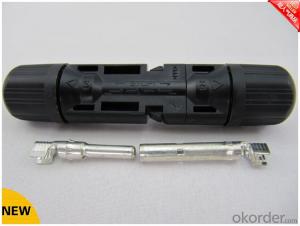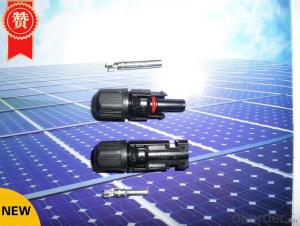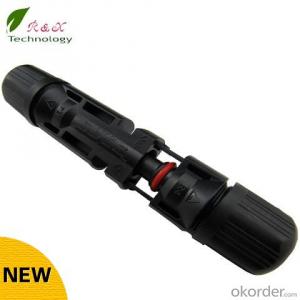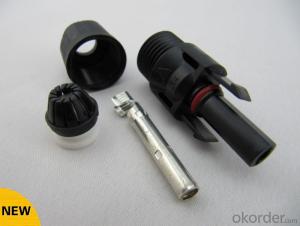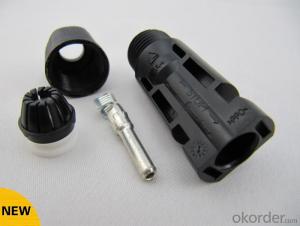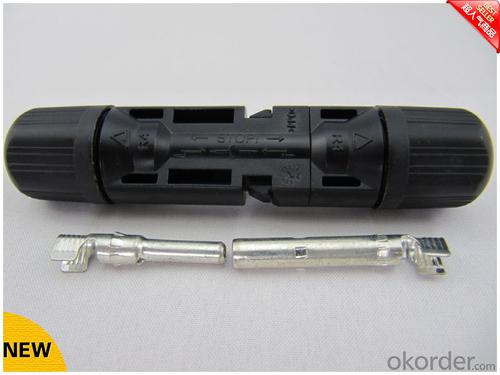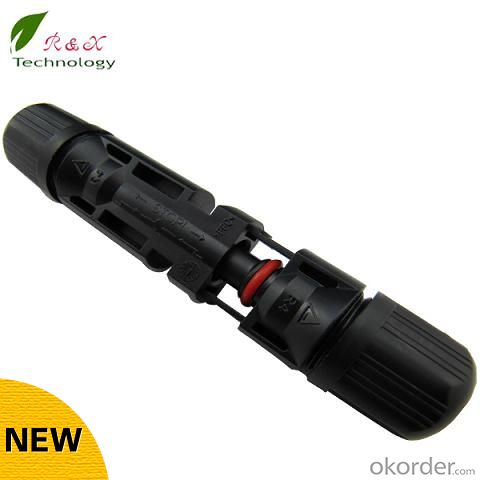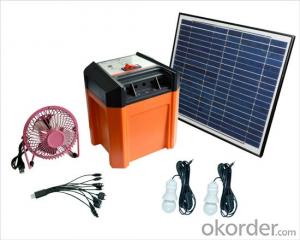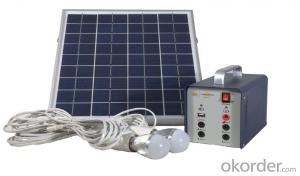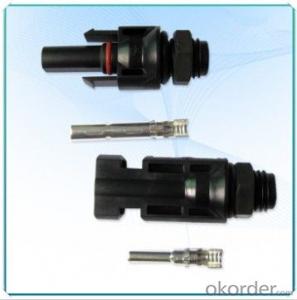Solar Energy Systems in Texas - MC4 Female/Male Can Contact 2.5/4/6mm2 Cable
- Loading Port:
- Guangzhou
- Payment Terms:
- TT OR LC
- Min Order Qty:
- 100 set
- Supply Capability:
- 100000 set/month
OKorder Service Pledge
OKorder Financial Service
You Might Also Like

Brief introductions of product:
Connector R4 System for photovoltaic adopts contact and insertion of reed with inner-knob type.It is used with male and famale points.pv junction box and cables made of elastomeric material and makes contact and isertion more certified by IEC61215 and TUV 2PFG1161.
Mainly parameters of product:
Rated voltage 1000V DC
Rated current 30A
Test volaage 6KV(50HZ,1min.)
Ambient temperaure range -40°C...+90°C
Upper limiting temperature 105°C
Degree of protection,mated IP67
unmated IP2X
Contact resistance of plug connectors 0.5m?
Safety class II
Contact system R4 Multilam
Type of termination Crimping
Contact material
Copper,tin plated
Locking system Snap-in(R4)
Cable type PV-F 1169 1*4mm2
1*6mm2
Design paper of product:
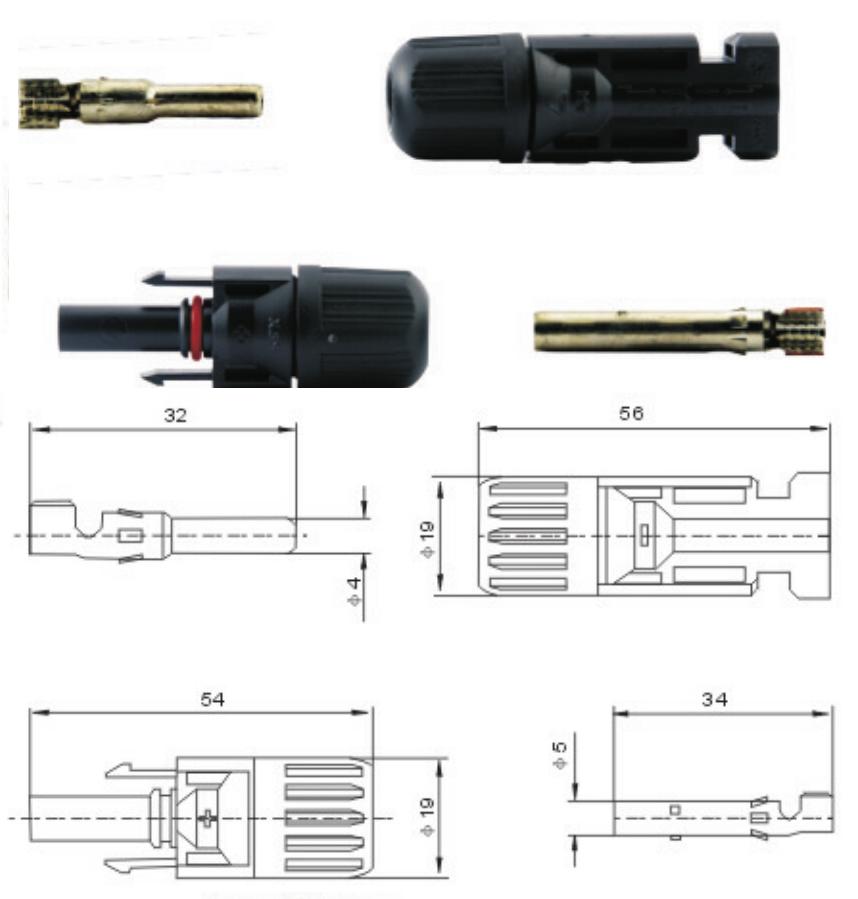
Way of product installation:
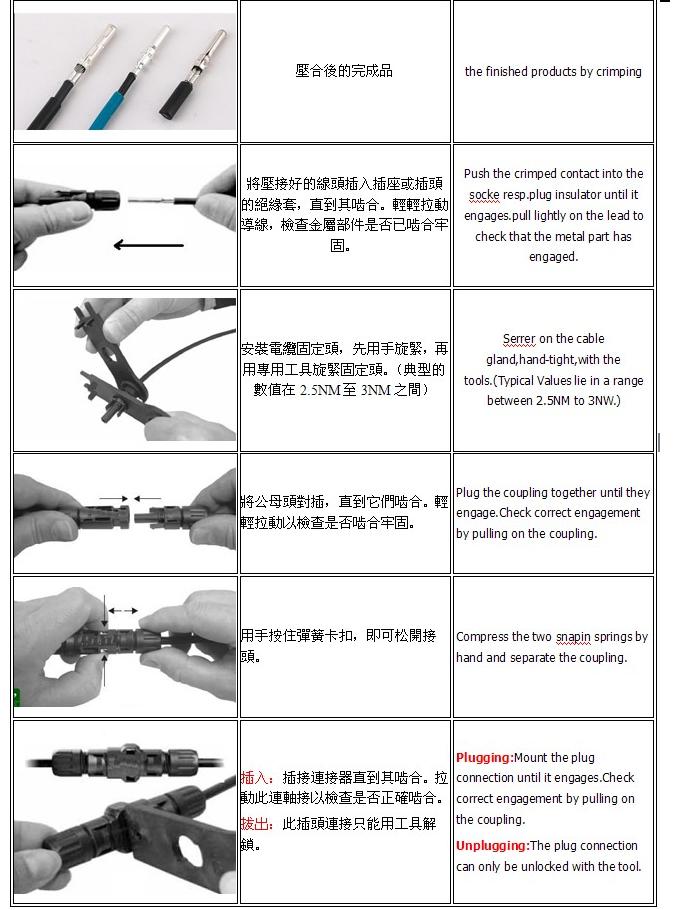
Quality inspection process:
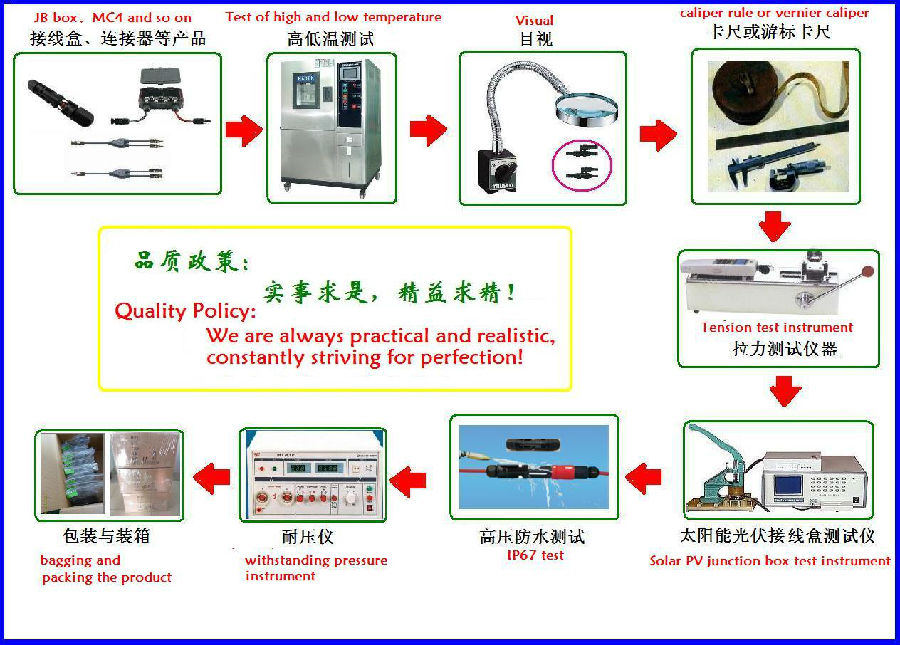
Application pictures of product:
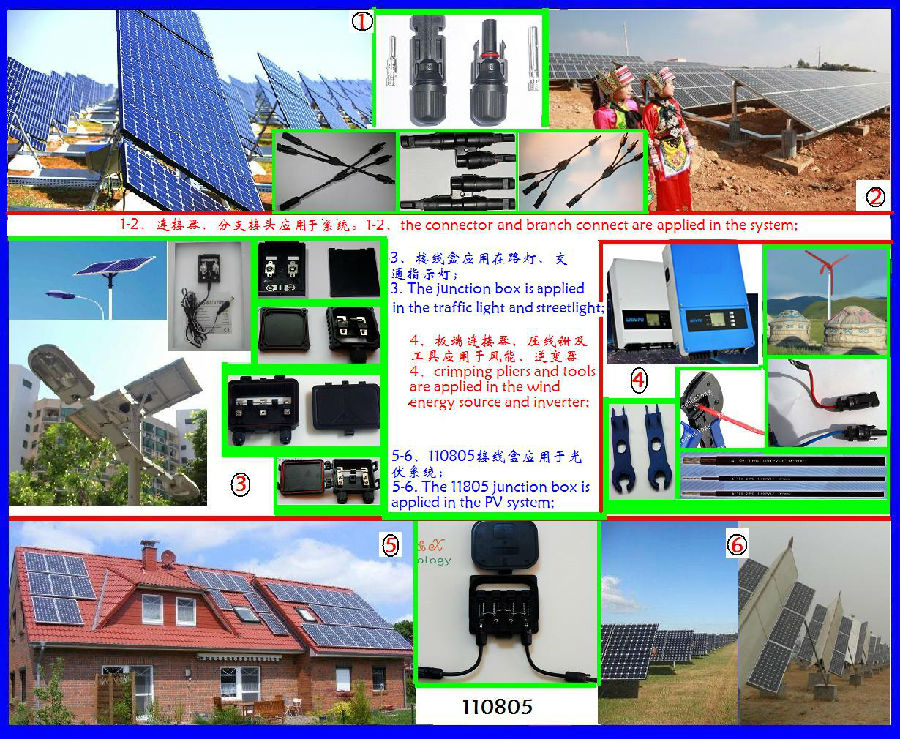
Machine equipment and production workshop:
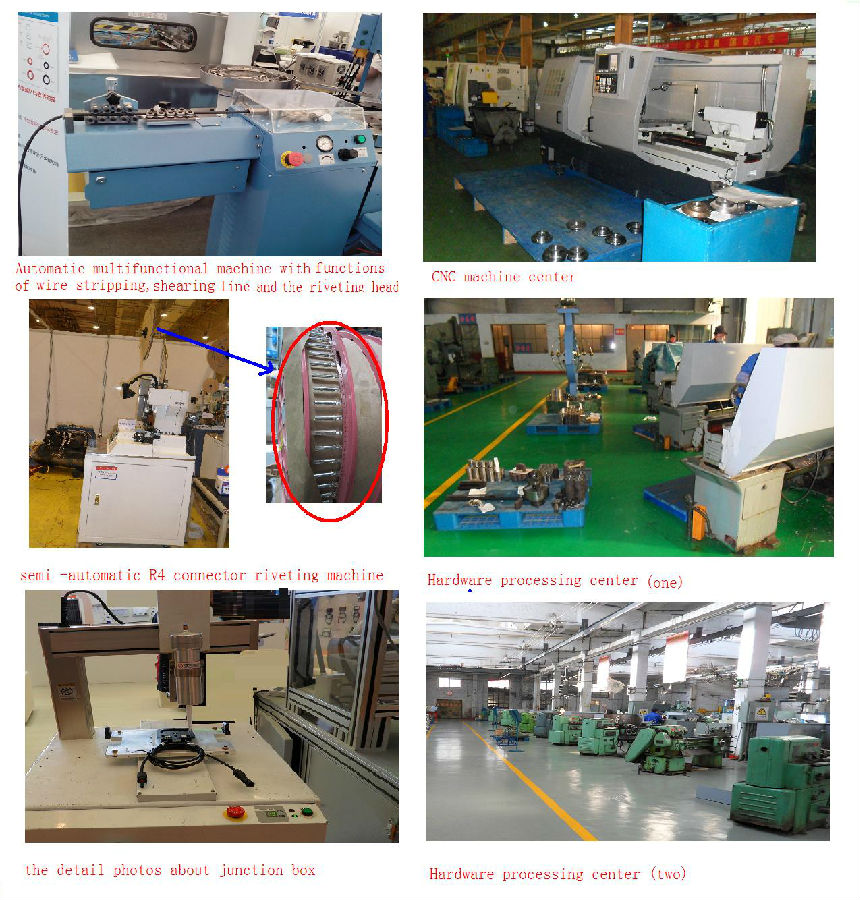
Pictures of discussing in the exhibition:
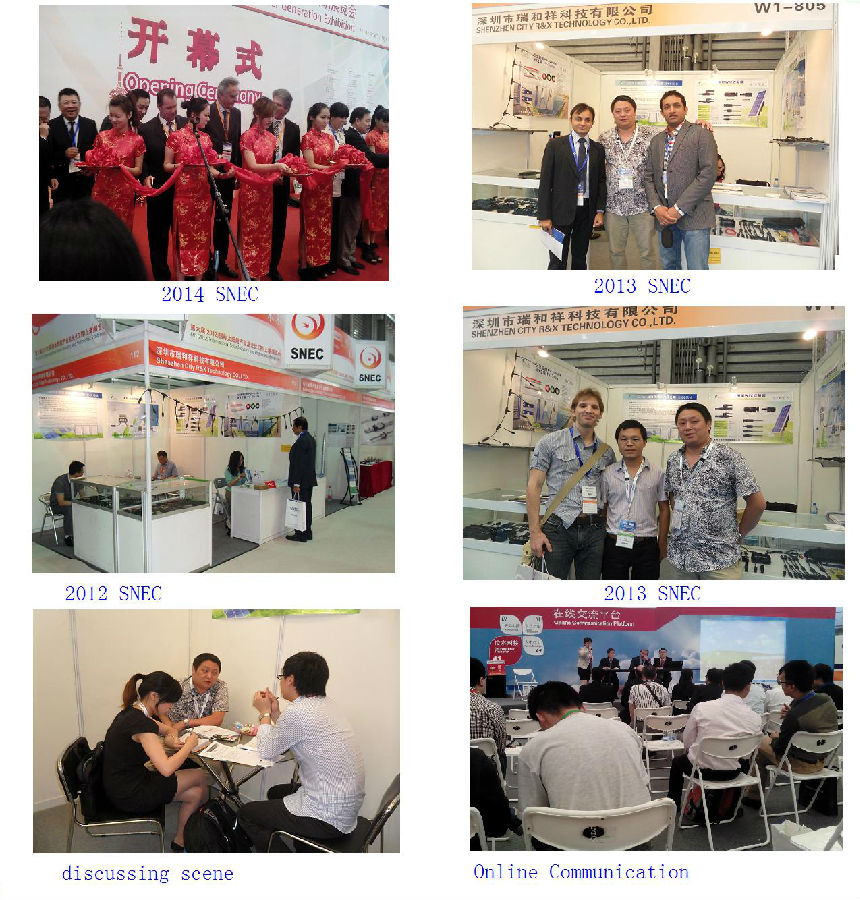
True application picture of the project:

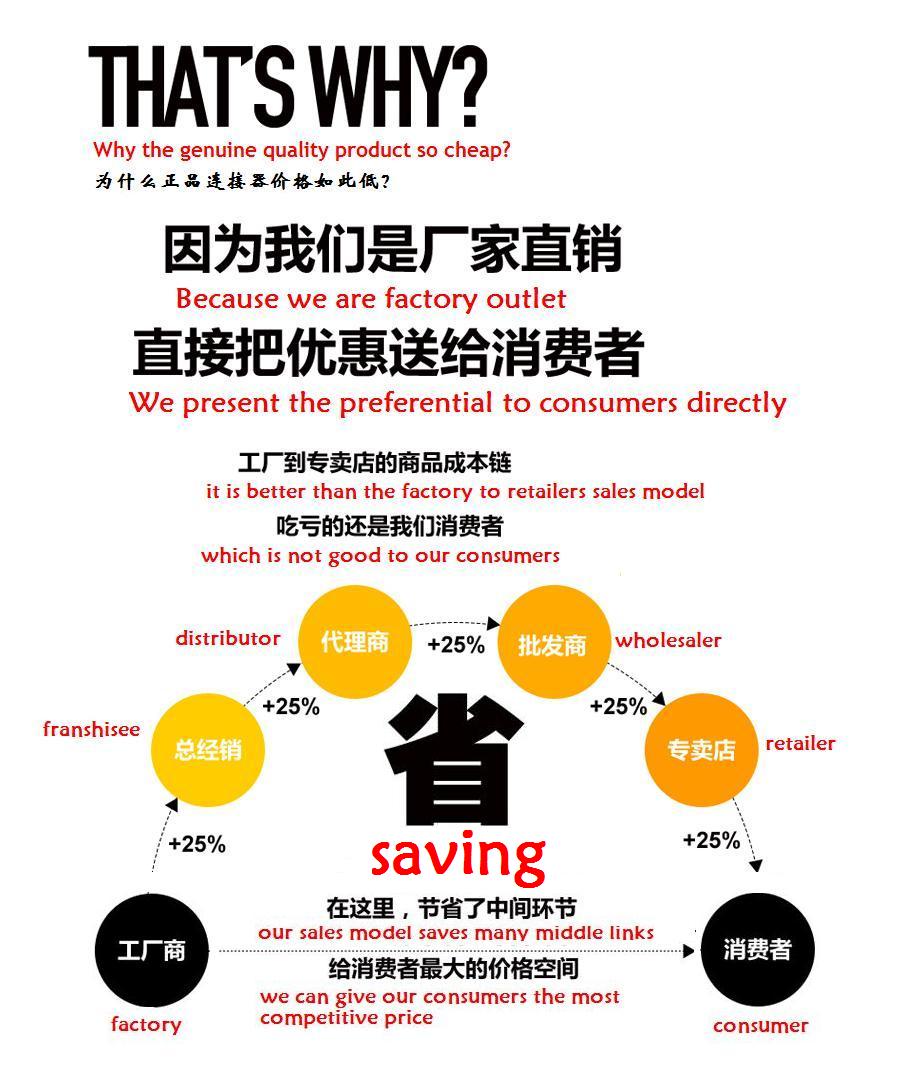
Multi-Contact Multi-Contact Multi-Contact Multi-Contact Multi-Contact Multi-Contact
- Q: How do I maintain and clean my solar energy system?
- To maintain and clean your solar energy system, there are a few key steps you can follow. Firstly, regularly inspect the solar panels for any signs of damage or debris accumulation. If you notice any issues, it's important to address them promptly. Secondly, keep the panels clean by gently washing them with water and a non-abrasive sponge or cloth. Avoid using harsh chemicals or abrasive materials that could scratch the surface. Additionally, trimming nearby trees or branches that may cast shadows on the panels can help maximize their efficiency. Lastly, consider scheduling professional maintenance and cleaning services every few years to ensure optimal performance and longevity of your solar energy system.
- Q: How do solar energy systems impact wildlife and ecosystems?
- Solar energy systems have minimal negative impacts on wildlife and ecosystems compared to other forms of energy generation. They do not emit harmful pollutants or contribute to climate change, reducing habitat destruction and protecting biodiversity. While there may be some localized impacts during construction and maintenance, proper planning and design can mitigate these effects. Overall, solar energy systems have a positive influence on wildlife and ecosystems by helping to create a more sustainable future.
- Q: What is the expected return on investment for a solar energy system?
- The expected return on investment for a solar energy system can vary depending on several factors such as the initial cost, location, available incentives, and energy usage. Generally, a solar energy system is expected to provide a positive return on investment over its lifetime. The initial cost of installing a solar energy system can be a significant investment, including the cost of solar panels, inverters, and installation. However, with the decreasing costs of solar technology in recent years, the upfront expense has become more affordable. The location of the solar energy system plays a crucial role in determining the expected return on investment. Areas with higher solar irradiance and longer sunshine hours tend to generate more electricity, resulting in a higher return. Additionally, the availability of net metering policies, which allow excess electricity to be fed back into the grid and credited to the owner, can further enhance the return on investment. Incentives and subsidies provided by governments and local authorities can significantly impact the expected return on investment. Many countries offer tax credits, grants, and rebates to encourage the adoption of solar energy systems. These incentives can reduce the initial cost and accelerate the payback period, enhancing the overall return on investment. Furthermore, the energy usage of the property is a critical factor in determining the expected return on investment. Higher electricity consumption means a greater opportunity for the solar energy system to offset utility bills, resulting in higher savings and an improved return on investment. While the specific return on investment can vary, studies have shown that solar energy systems typically pay for themselves within 5 to 10 years and continue generating free electricity for several decades. This extended period of energy production allows for significant savings on utility bills and a positive return on investment over the system's lifetime. Overall, investing in a solar energy system can provide long-term financial benefits through reduced electricity costs, potential revenue from excess electricity generation, and increased property value. It is crucial to perform a thorough evaluation considering the specific factors mentioned above to determine the expected return on investment for a solar energy system in a particular scenario.
- Q: What is the impact of hurricanes on solar panels?
- Hurricanes can have a significant impact on solar panels. The high winds associated with hurricanes can potentially damage or dislodge solar panels from their mountings, especially if they are not properly secured. This can result in the complete destruction of the panels or render them ineffective in generating electricity. Additionally, flying debris during a hurricane can cause physical damage to the solar panels, such as cracks or shattered glass. This damage can impair the functionality of the panels and decrease their efficiency in converting sunlight into electricity. The heavy rainfall that often accompanies hurricanes can also pose a threat to solar panels. If water seeps into the panels, it can cause electrical short circuits or damage to the internal components, rendering them unusable. Furthermore, hurricanes can cause power outages, which can affect the functionality of solar panels. If the electric grid is down, the solar panels may not be able to send excess energy back into the grid or receive power from it, limiting their ability to generate electricity. However, it is worth noting that solar panels are designed to withstand various weather conditions, including strong winds and heavy rain. Properly installed and maintained solar panels can have a higher likelihood of surviving a hurricane with minimal damage. Additionally, advancements in solar panel technology, such as stronger glass and improved mounting systems, are continuously being made to enhance their resilience to extreme weather events. Overall, while hurricanes can have a negative impact on solar panels, with proper precautions and maintenance, their durability can be improved, making them a viable and sustainable energy option even in hurricane-prone areas.
- Q: Can solar energy systems be used for emergency response operations?
- Yes, solar energy systems can be used for emergency response operations. Solar panels can generate electricity even during power outages, providing a reliable and sustainable source of energy to power critical equipment and facilities. Solar-powered generators can also be used to charge communication devices, run medical equipment, provide lighting, and support other emergency response activities in remote or disaster-stricken areas where access to traditional power sources may be limited or disrupted. Additionally, solar energy systems can help reduce dependence on fossil fuels and contribute to a more sustainable and resilient emergency response infrastructure.
- Q: Can solar energy systems be used in powering outdoor signage or billboards?
- Yes, solar energy systems can be used to power outdoor signage or billboards. Solar panels can be installed on the structures and absorb sunlight to generate electricity, which can then be used to power the signage or billboards. This reduces the reliance on traditional energy sources and helps to make outdoor advertising more sustainable.
- Q: Can solar energy systems be used in areas with limited access to solar monitoring software?
- Yes, solar energy systems can still be used in areas with limited access to solar monitoring software. While solar monitoring software provides valuable data and insights for optimizing the performance of solar energy systems, its absence does not render the systems non-functional. Solar panels can still generate electricity from sunlight even without monitoring software. However, without access to monitoring software, it may be more challenging to track and analyze the system's efficiency, diagnose potential issues, or optimize its performance. Nonetheless, solar energy systems can still be installed and utilized effectively in areas with limited access to monitoring software.
- Q: What is the difference between solar thermal and solar PV systems?
- Solar thermal systems use the sun's energy to heat water or air for various applications such as heating homes or generating steam for power generation, while solar PV systems convert sunlight directly into electricity using photovoltaic cells.
- Q: Can solar energy systems be used in camping or outdoor activities?
- Yes, solar energy systems can be used in camping or outdoor activities. Portable solar panels, solar-powered lanterns, and solar chargers for electronic devices are some examples of solar energy systems that are designed for outdoor use. These systems harness the power of the sun to provide renewable energy, making them an eco-friendly and convenient solution for powering equipment and devices during camping or other outdoor activities.
- Q: Can solar energy systems be used for powering off-grid emergency response centers?
- Yes, solar energy systems can be effectively used for powering off-grid emergency response centers. Solar panels can be installed to capture sunlight and convert it into electricity, which can then be stored in batteries for use during emergencies or when the main power grid is unavailable. This allows emergency response centers to have a reliable and sustainable source of power, ensuring uninterrupted operations and communication during critical situations. Additionally, solar energy systems are low-maintenance and environmentally friendly, making them an ideal choice for off-grid emergency power solutions.
Send your message to us
Solar Energy Systems in Texas - MC4 Female/Male Can Contact 2.5/4/6mm2 Cable
- Loading Port:
- Guangzhou
- Payment Terms:
- TT OR LC
- Min Order Qty:
- 100 set
- Supply Capability:
- 100000 set/month
OKorder Service Pledge
OKorder Financial Service
Similar products
Hot products
Hot Searches
Related keywords
